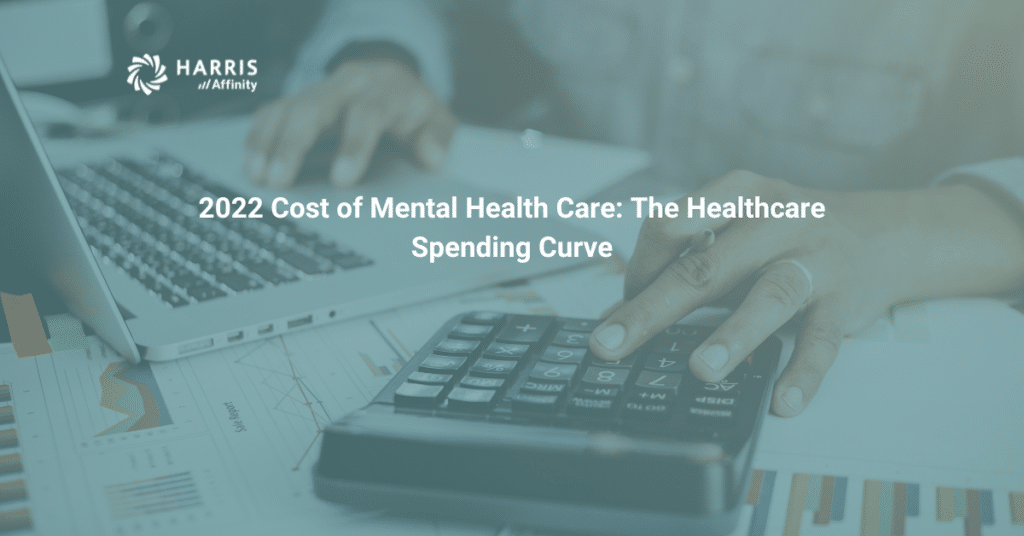The last three years have been a time of evolving challenges across the healthcare community. The strains put on the American healthcare system from the COVID-19 pandemic, labor market disruptions, and, more recently, the accelerating levels of inflation facing the economy are starting to drive significant paradigm shifts across the healthcare business in the United States.
These changes are something that I’m fortunate to talk to many hospital CFOs and finance leaders about every month. I also spent a fair amount of time discussing with a wide range of stakeholders in June at the annual HFMA conference in Denver.
In my last quarterly blog update, I discussed how national health care expenditures through 2028 are projected to grow at 5.4%, according to the Centers for Medicare and Medicaid Services. That growth trajectory will result in total spending reaching $6.2 trillion by 2028. Moreover, because these expenditures will grow faster than gross domestic product, on average, the share of the U.S. economy tied to health care is anticipated to grow by 2% by the end of the decade. To nearly 20% of GDP by 2028.
One thing that struck me as being a bit different at this juncture is how everyone from hospital administrators to vendors to finance professionals to clinicians sees the health care cost environment through a changing lens. One of the areas that I believe is particularly salient given that the current environment coming out of the pandemic is the evolving and renewed focus on behavioral health as a significant cost driver within the continuum of care.
I recently saw strong evidence supporting this changing focus in ValuePenguins analysis of U.S. Bureau of Economic Analysis (BEA) Health Care Satellite Account data. Not surprisingly, their research demonstrated that between 2016 and 2019, medical spending increased by more than 14% – rising from $2.69 trillion to $3.07 trillion over that period and breaching $3 trillion for the first time.
Importantly, this analysis demonstrates that going into the pandemic, spending on disease-related medical services associated with mental illness saw the most significant percentage increase over those three years – increasing 29.4% between 2016 and 2019. In this particular instance, that spending increased from $104 billion in 2016 to nearly $137 billion by the end of 2019.
Value Penguin offers several reasons why cost increases associated with behavioral health and mental illness outpacing overall health care spending. Three primary reasons include:
- “Medicare also doesn’t reimburse licensed professional counselors.”
- “Psychiatrists are increasingly less likely to accept any insurance than other physician specialties.”
- “Medicare coverage for serious mental illnesses is limited compared to Medicaid plans.”
Further, labor constraints are and continue to be a significant driving factor in the increase in costs related to treating mental illness. According to the Substance Abuse & Mental Health Services Administration, by 2025, the United States will have a shortage of nearly 237,000 mental health professionals. Supply shortages in the labor market driven by increasing population and demand can have a staggering impact on the ability of healthcare providers to control costs associated with treating mental illness. Cost increases can result from both inflationary pressures as a result of low labor supply and also as a result of decreased access to services.
In previous blogs, I’ve discussed how the health care cost impacts on rural providers tend to be far more acute than for providers in metropolitan areas. Mental health treatment costs associated with labor are proving to be no different. While the United States as a whole has an “average of 30 psychologists and 15.6 psychiatrists per 100,000 individuals. In rural areas without any cities larger than 10,000 people, those ratios dropped to 9.1 psychologists and 3.4 psychiatrists per 100,000 people“.
Again, for rural communities, the negative consequences of accelerating costs in treating mental health can be even more significant. Moreover, many of these rural communities serve as critical components of our agriculture and supply chain capacity in the United States. The impact of accelerating health care costs to these communities can have economic consequences extending far past the communities themselves.
So the question naturally becomes how providers can better manage the costs associated with providing support and care focused on behavioral and mental health within their communities. I believe that at a high level, the critical focus areas are consistent with managing many categories of health care costs – reducing the length of stay, limiting readmission, and improving access to early intervention in lower-cost care environments.
But I also know from working with senior health care executives that many organizations lack the fundamental tools that would enable them to develop granular insights into their operations, allowing effective operational advances.
This reality is illustrated in a 2006 study by Karen Moreno with the Department of Accounting and Finance, Universidad Complutense de Madrid. This study focused on the application of the Activity-Based Management (ABC) model in the calculation of unit costs for mental health care in Spain. The study identified a more than 40% cost variance between the ABC and traditional RCC-type approaches when applied to mental health DRG(s)!
This need for granular cost insights in managing behavioral health service lines is one of the primary reasons I continue to advocate for Costing as a Service (CaaS) offerings. Importantly, rural hospitals can use accurate Activity-Based costing without devoting the time, high costs, or labor required to implement and manage a full financial decision support solution. Instead, in most cases, the vendors will outsource the cost reporting to their in-house staff under a turn-key model.
As a result, CaaS means that hospitals of any size and complexity can take advantage of costing insights associated with their delivery of mental health services much quicker than with implementing an entire solution. Moreover, this service-based model is generally more affordable, often only a couple of thousand dollars a month in an ongoing operating expense.
Further, it’s flexible enough to scale up or down to meet the needs of providers depending on constantly changing conditions. All factors which are very important to small rural providers with limited capital budgets, but are really applicable to all healthcare providers.
When I consider what we can do with financial decision support to help hospitals looking to improve their delivery and manage costs associated with providing mental health services. I believe that one of the answers is to drive continued focus around the Costing as a Service model.
It’s potentially one of the quickest and most effective ways continues to be helping providers understand granular cost drivers and manage contribution margin – areas of significant importance in controlling the escalating cost impacts of providing mental health services.
- -Jay Adams, Executive Vice President

